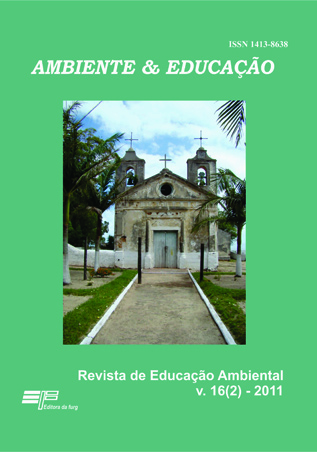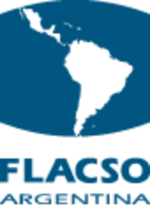Participatory biomonitoring with aquatic insects as bioindicators of water quality carried out with students at the city school José Pedro Gonçalves, in the Community of Parauninha, in Conceição Do Mato Dentro, Minas Gerais
Keywords:
Atividades sustentáveis, Educação Ambiental, Organismos macroinvertebradosAbstract
The region of the Parauninha sub-basin, along with its communities, is part of the Serra do Espinhaço Biosphere Reserve whose characteristics are its high biodiversity and its priceless socio-cultural aspects. This scenario has undergone the impact of several anthropic activities. Local communities must actively participate in the process of implementation of sustainable activities so that beneficial changes can be incorporated. Environmental Education programs in Elementary Schools may involve children and adolescents, the audience who can understand new criticism and concepts regarding environmental problems and issues in our society. In this context, the use of the identification technique of macroinvertebrate organisms in order to detect anthropic actions is fundamental since their presence or absence may be an indicator of water quality in the long term.Downloads
Download data is not yet available.
Downloads
Published
2012-05-10
How to Cite
Oliveira, L. H. M., Andrade, M. Ângelo, & Paprocki, H. (2012). Participatory biomonitoring with aquatic insects as bioindicators of water quality carried out with students at the city school José Pedro Gonçalves, in the Community of Parauninha, in Conceição Do Mato Dentro, Minas Gerais. Ambiente & Educação: Revista De Educação Ambiental, 16(2), 57–74. Retrieved from https://periodicos.furg.br/ambeduc/article/view/1941
Issue
Section
Artigos













